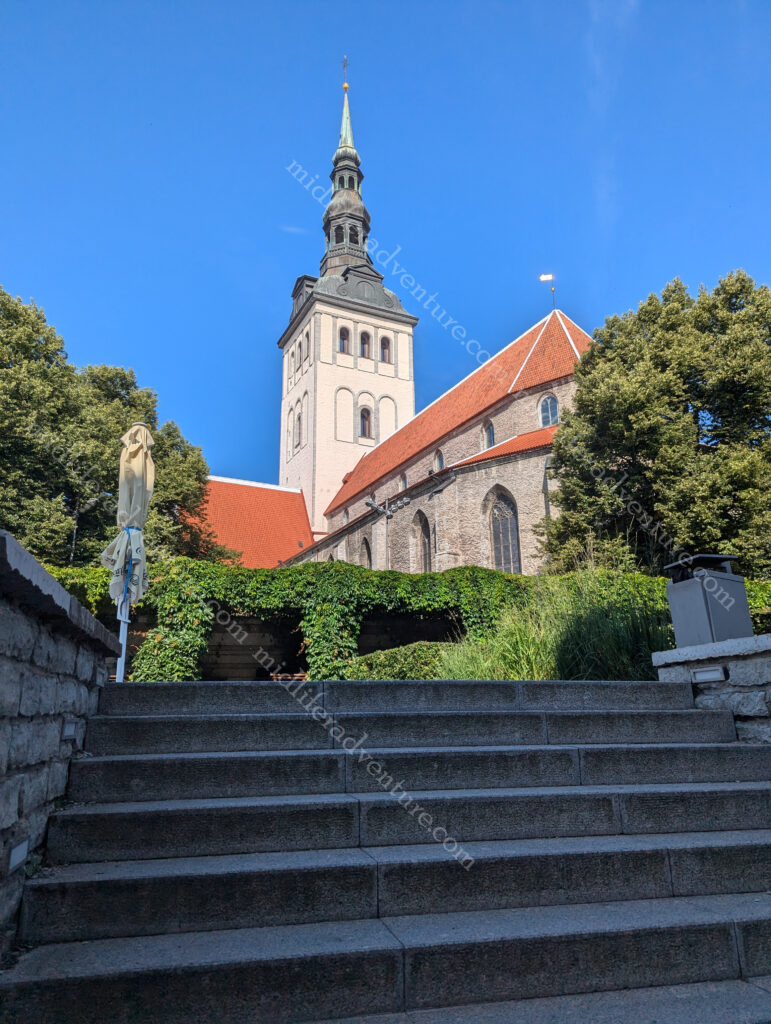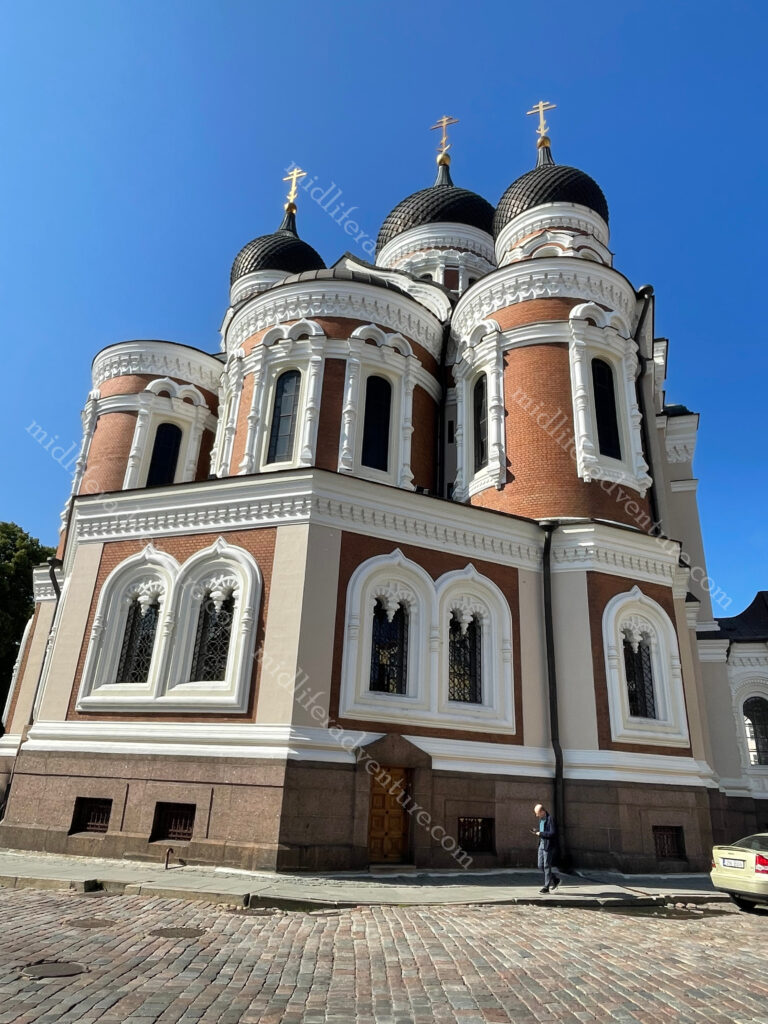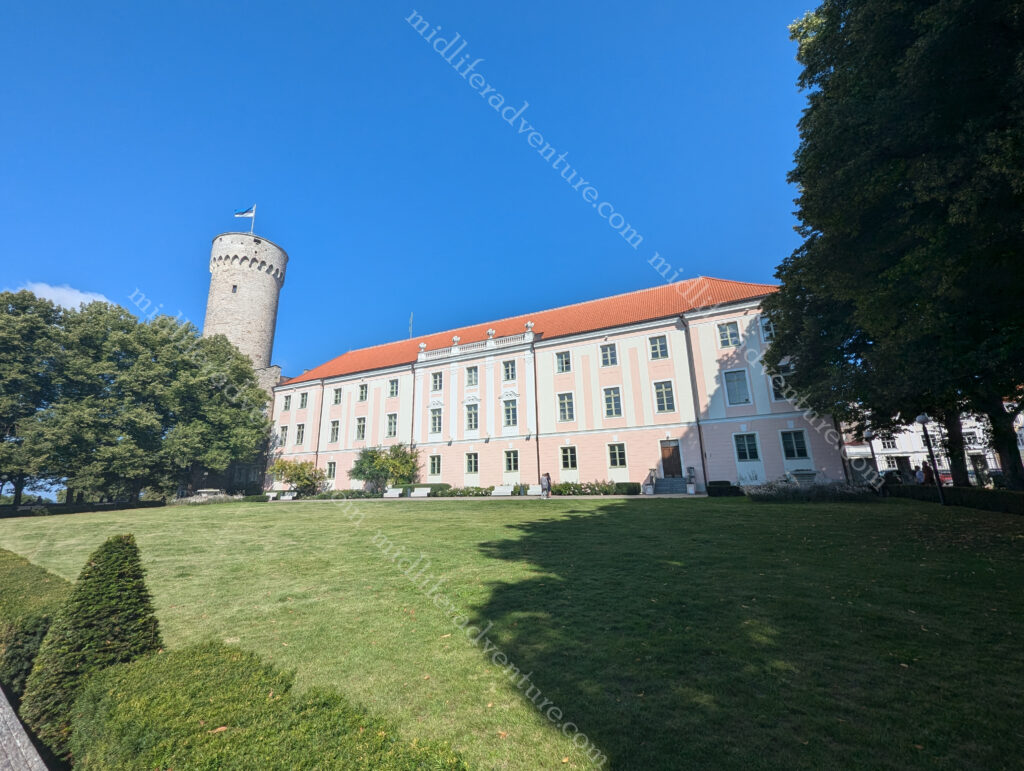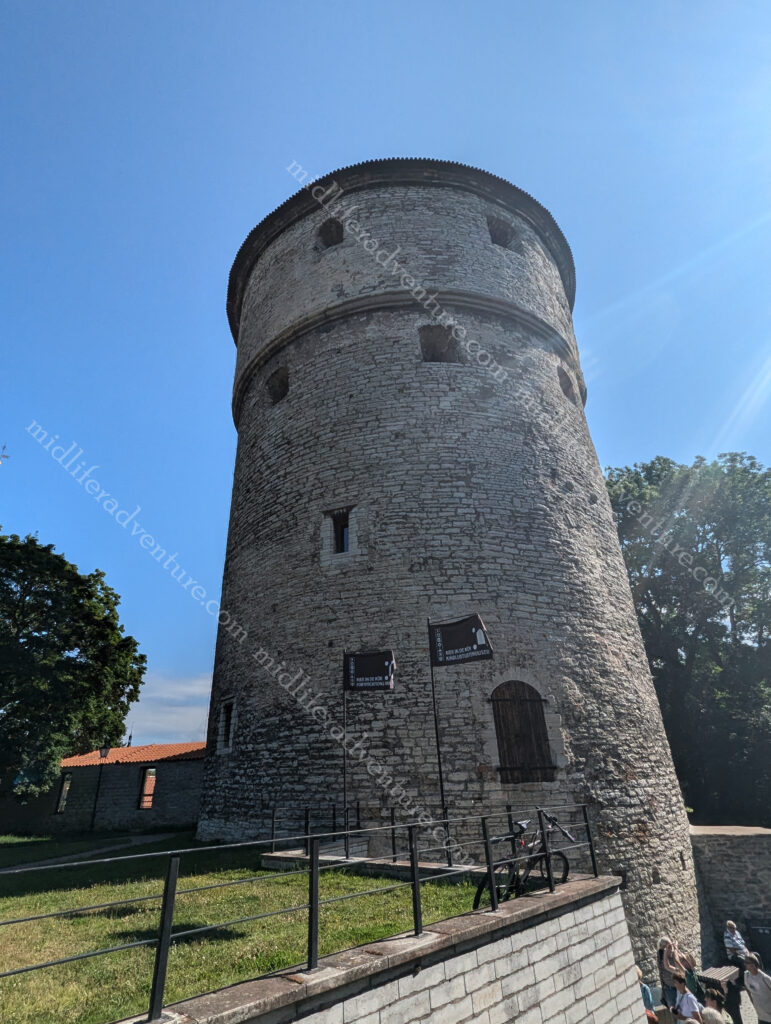
Estonia finds itself at the edge of the European Union, connecting Europe to Russia, combining the best of the Nordics and the Baltics.
Estonia consists of the mainland, two larger islands (Saaremaa and Hiiumaa), and over 2,300 other islands and islets on the east coast of the Baltic Sea. The area has been inhabited by humans since at least 9,000 BCE. The Estonian mainland was one of the last pagan civilisations in Europe to adopt Christianity (after the crusades in the 13th century).
Once again my early knowledge was limited but the writeups suggested that it was as good as Latvia and Lithuania but with a much prettier Old Town. Given that we loved the old towns of the other two, then this was something to look forward to.
The train to get us here from Riga for some unknown reason was to take us around 12 hours, but the local 5 star bus only took three. So the bus it was. A very calm and relaxed bus ride, with full WIFI all the way. A cab ride (bolt actually) to the hotel and we were ready to explore the Old Town of Tallinn.
Tallinn
Tallinn is the capital city of Estonia, with a population of a little under half a million. The town sits on a bay on the shore of the Gulf of Finland of the Baltic Sea. The oldest evidence of habitation dates back 5000 years with evidence of hunting and fishing settlements.
As an important port on a major trade route between Novgorod (northern Russia) and western Europe in around 1050 AD, a fortress was built on the hill of Toompea in what is now central Tallinn.
The Church of St. Nicholas is one of the oldest in the city, dedicated to the patron of the fishermen and sailors.
It was partially destroyed in the Soviet bombing of Tallinn in WWII. While the building has been restored, it has not been used for regular religious activities since WWII. It now houses the Niguliste Museum.

Our accommodation was just outside the old town (closer to the port, as that would be our exit) but still a short walk to the centre of things. It retains its walled, cobblestoned Old Town which is now home to cafes and shops. Our entry saw us wander down to the town where we were met with some amazingly thick brick walls that made up the medieval defences.



At this point we entered and were already impressed. We passed through the gates and found ourselves on cobblestoned streets staring at old buildings and church spires. Almost every corner you turned landed you onto a new scene with old buildings, museums, churches, medieval defences, you name it.








The wandering continued until we found ourselves in the heart of old town at the Town Hall Square. This has been a marketplace and the centre of town since the Middle Ages and became the centre of Old Town in the 13th and 14th centuries.T he central part of the square is the gothic Town Hall that was built in the 13th century with its 64m-high tower.





In summer the square is packed with restaurants and at times plays host to medieval festivals, and is also a venue for open-air concerts, and fairs. In winter it becomes a Christmas market, the centrepiece of which is a towering spruce tree. The tradition of celebrating Christmas festivities here dates back to 1441 when the Brotherhood of the Blackheads are thought to have erected the world’s very first Christmas tree.

Alexander Nevsky Cathedral is an Eastern Orthodox Church. It was built in 1894–1900, when the country was part of the former Russian Empire.
The cathedral is the city’s largest cupola church.
Up at the top of the hill near the cathedral you will find another defensive tower known as Tall Hermann and the old Toompea Castle.
As you keep coming down the hill you run into the Kiek in de Kok .


Meaning peep into the kitchen in old German and Bastion Passages Museum is a 15th-century defensive tower.
It is an artillery tower built in 1475 and is 38 m tall, has walls 4 m thick and still has Cannon balls dating back to 1577 embedded in its walls.
And as a 55 year old man I really should be more mature than to still find the name amusing.
Coming down the hill from the Kiek in de Kok you find yourself entering Freedom Square, at the southern end of Old Town. Freedom Square holds a Victory Column (2009) commemorating the Estonian War of Independence 1918–1920. The square also abuts St. John’s Church (built 1862–67).




And all around the outside of the Old Town is patches of the old city walls and the renovated gates that take you in and out.









We really enjoyed our time in Estonia, and in fact all three of the Baltic nations. The food has been good, and with one exception so have the beverages. Temperatures in February are terrible but by the time summer rolls around you are pulling low to mid 20’s with long days, so there is plenty of time to explore.
Our August foray into the three Baltic nations was pretty much spot on. It is technically the high season with the most tourists, but the volume of tourists coming here is way less than you will get in places like France or Italy. So even at peak times, the place is really manageable.